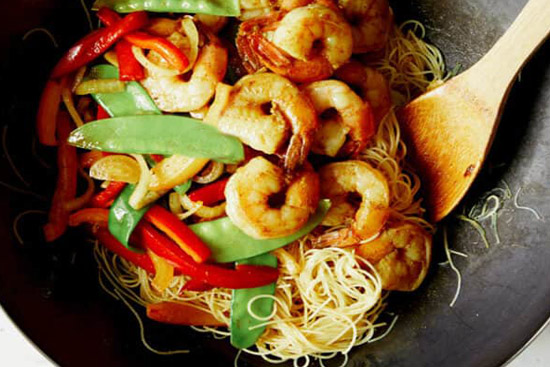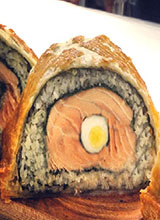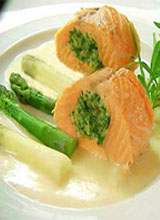
Serves: 2
Tangles of rice vermicelli, a fragrant dusting of curry powder, and a medley of Asian vegetables and proteins form the base of this Cantonese—not Singaporean—classic








This policy contains information about your privacy. By posting, you are declaring that you understand this policy:
This policy is subject to change at any time and without notice.
These terms and conditions contain rules about posting comments. By submitting a comment, you are declaring that you agree with these rules:
Failure to comply with these rules may result in being banned from further commenting.
These terms and conditions are subject to change at any time and without notice.
The latest
Comments (0)